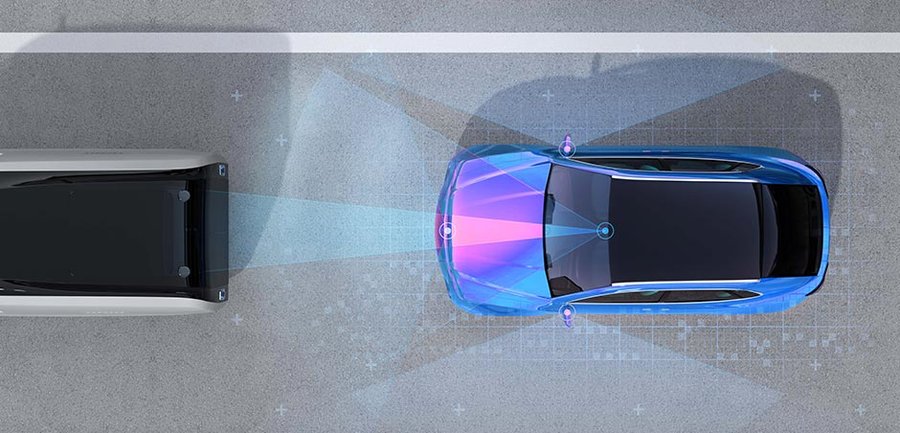Sensors and software have radically changed automotive safety. Modern vehicles can see the world around them and detect lane markings, road signs, other cars, and pedestrians. Now a new rule from the National Highway Transportation Safety Administration (NHTSA) would mandate automatic emergency braking with increased standards on new vehicles.
The new rule would require by 2029 that all new light vehicles sold in the United States have three technologies: forward collision warning, automatic emergency braking, and pedestrian automatic emergency braking. According to NHTSA’s math, mandating the tech would save at least 360 lives a year and prevent at least 24,000 injuries.
Thankfully, automakers are well on their way to offering these features as standard equipment, with the push for increasing safety coming from many directions.
Late last year, 20 automakers met the Insurance Institute for Highway Safety’s pledge to equip more than 95 percent of the vehicles they produce in the US with automatic emergency braking. In 2019, Consumer Reports told automakers that wanted to earn its Top Picks award would need to offer their vehicles with pedestrian automatic emergency braking.
The new Federal Motor Vehicle Safety Standard rule does more than require the features. It also lists specific conditions in which the systems must be able to operate.
It requires that all cars be able to stop at speeds up to 62 miles per hour to avoid colliding with a vehicle. It must also detect pedestrians during the day and at night. It will also require the system to engage the brakes at speeds up to 90 miles per hour when detecting an imminent collision with another vehicle and at speeds up to 45 mph with a pedestrian.

